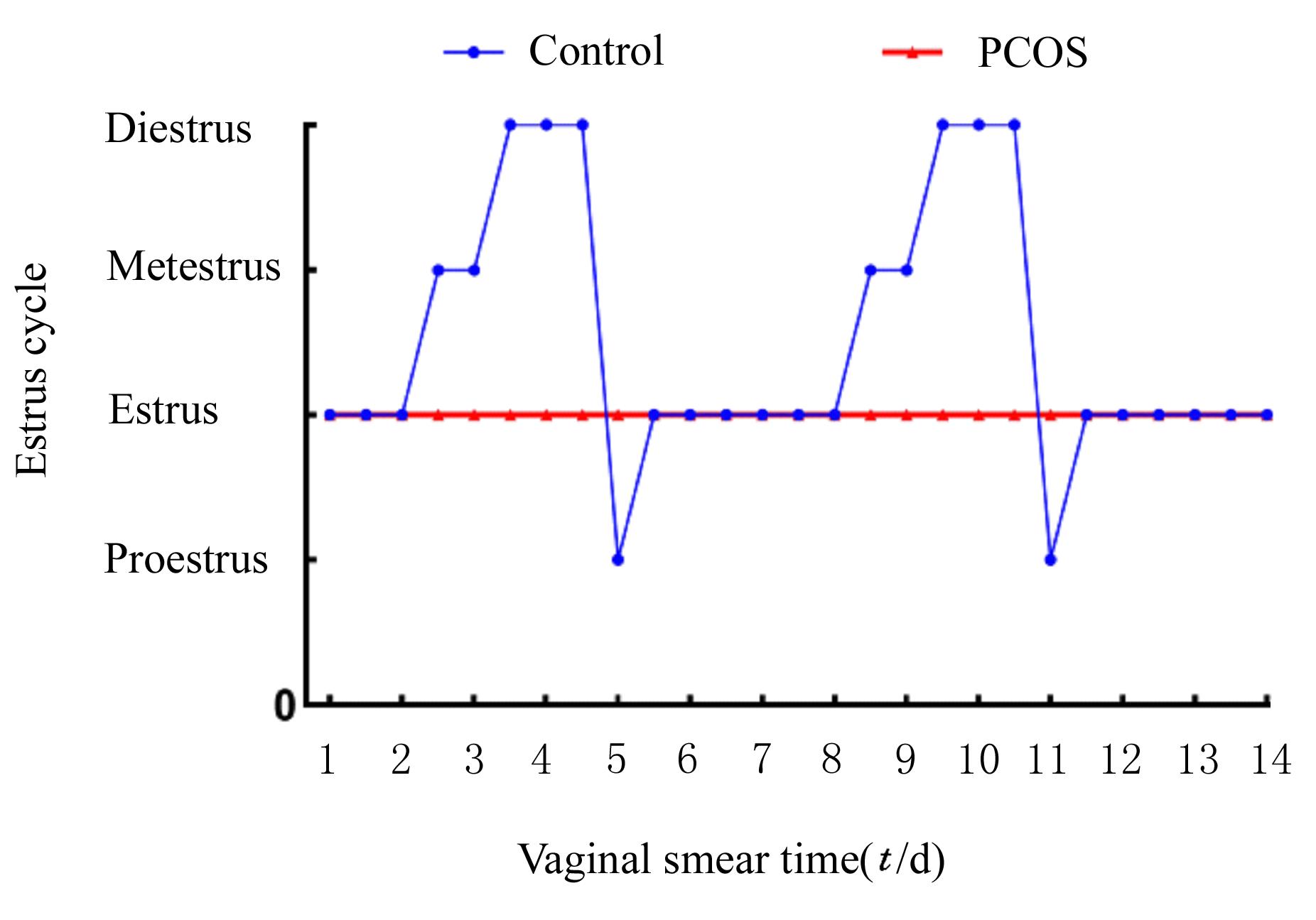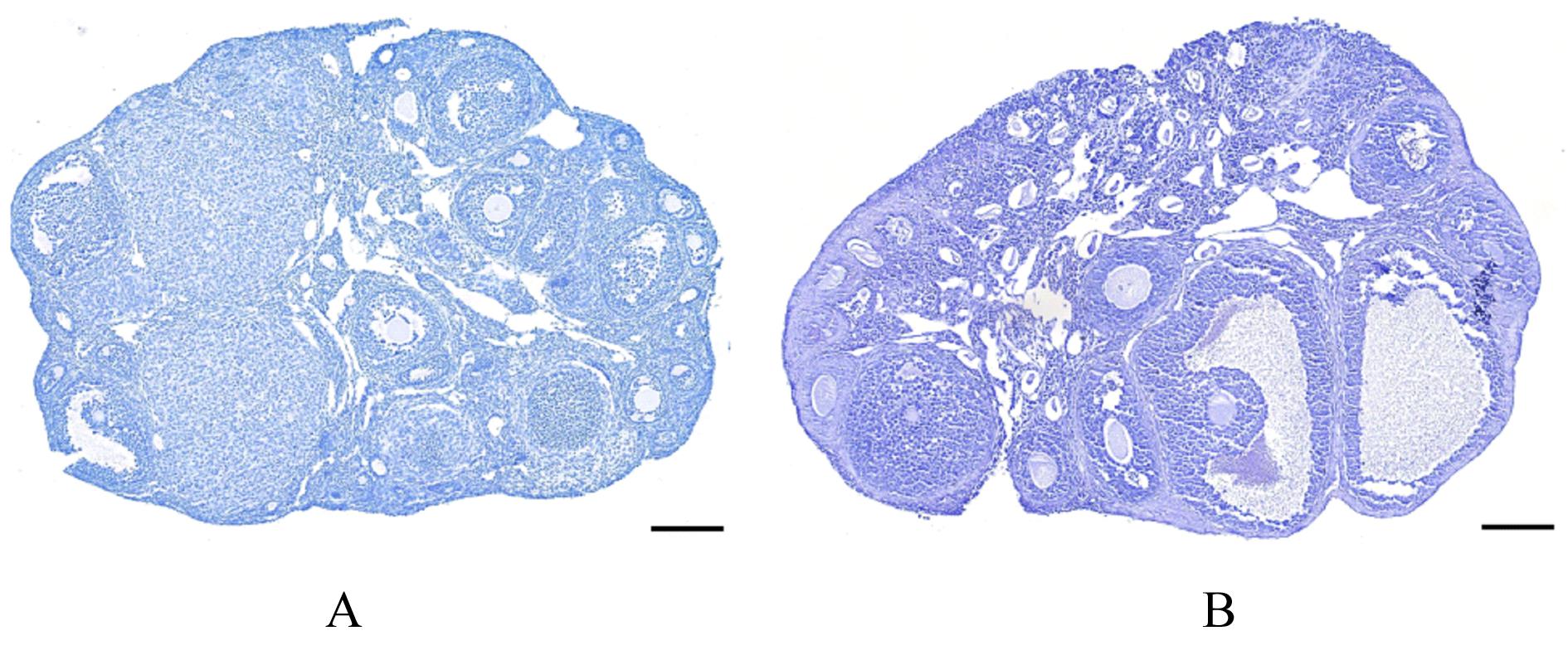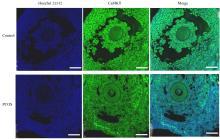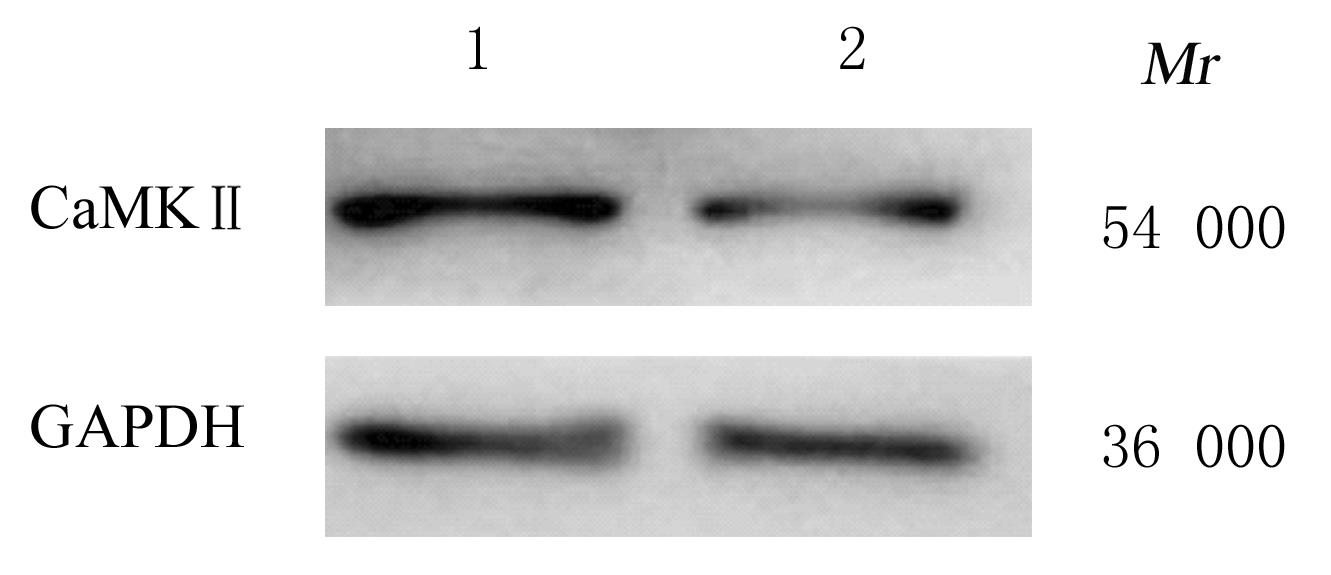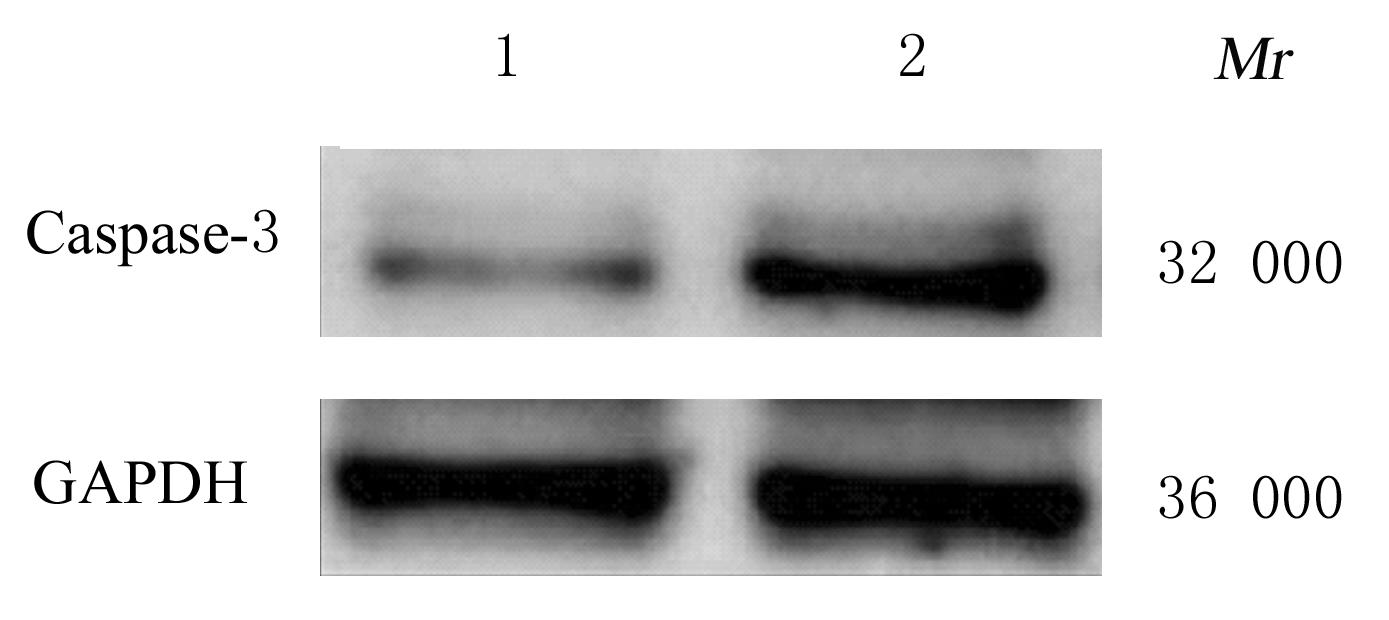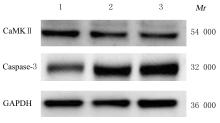| [1] |
Yaping YE,Yanfeng FAN,Lu DING,Longmei WANG,Ping LI.
Effects of different serum levels of anti-mullerian hormone on pregnancy outcome of patients with polycystic ovary syndrome
[J]. Journal of Jilin University(Medicine Edition), 2023, 49(2): 501-507.
|
| [2] |
Lincui DA,Beihong ZHENG,Yan SUN,Suzhu CHEN,Yunhong LIN,Qingfen CHEN,Shengrong DU.
Method to establish rat model of intrauterine adhesion through chemical and heat conduction dual injury and its evaluation
[J]. Journal of Jilin University(Medicine Edition), 2023, 49(1): 215-221.
|
| [3] |
Yanmin SUN,Junpan HU,Bingyu WANG,Jinying FU.
Therapeutic effect of alpinetin in letrozole-induced polycystic ovary syndrome model rats and its mechanism
[J]. Journal of Jilin University(Medicine Edition), 2022, 48(1): 129-135.
|
| [4] |
Tao WANG,Yuwei GAO,Xinghua WANG,Danlu LI,Xiuhong HU,Hongrui CUI,Hongjuan YANG,Baozhen XU.
Protective effect of semen plantaginis extract on kidney of rats with membranous nephropathy and its mechanism
[J]. Journal of Jilin University(Medicine Edition), 2021, 47(5): 1194-1200.
|
| [5] |
Dan SU, Yi LIU, Manman CUI, Nian YANG, Yu HUANG, Wenjing HE.
Evaluation of clinical effect of screening chemotherapy regimens in treatment of ovarian cancer based on miniPDX animal models
[J]. Journal of Jilin University(Medicine Edition), 2021, 47(3): 731-739.
|
| [6] |
Lei XIE, Xiaoli LIU, Jing GE, Yawei LI.
Effects of baicalin combined with metformin on endocrine, inflammatory factors and insulin resistance in rats with polycystic ovary syndrome and their mechanisms
[J]. Journal of Jilin University(Medicine Edition), 2021, 47(3): 623-629.
|
| [7] |
Chen JI,Wenjuan ZHANG,Ning GUAN,Xiuqiu GAO,Linyuan WANG.
Effect of M1 macrophages on immune status in chronic periodontitis model mice
[J]. Journal of Jilin University(Medicine Edition), 2020, 46(6): 1137-1142.
|
| [8] |
JIN Aihong, ZHOU Xiaping, YU Zhiying.
Expressions of Versican and ADAMTS-1 in polycysticovary syndrome patients and their clincal significances
[J]. Journal of Jilin University(Medicine Edition), 2019, 45(02): 400-404.
|
| [9] |
DU Chen, CHEN Xiujuan, HOU Shilei, ZHAO Jie.
Comparsion of GV oocytes transcriptome between PCOS patients and normal ovulatory women
[J]. Journal of Jilin University Medicine Edition, 2018, 44(03): 568-573.
|
| [10] |
ZHANG Chenhao, LI Yao, CHEN Wei, ZHAO Liangzhong, LI Yan.
Protective effect of FTY720 on hepatic injury in experimental hepatic fibrosis mice
[J]. Journal of Jilin University Medicine Edition, 2015, 41(06): 1154-1157.
|
| [11] |
ZHOU Ying,YUAN Bo,MA Yue,ZHANG Kun,GAO Feng,WANG Hao,LU Jin,WU Xiao-gang,TONG Dan,YUAN Chang-ji.
MRI and morphological observation in C6 glioma model rats and significance
[J]. Journal of Jilin University Medicine Edition, 2013, 39(2): 379-382.
|
| [12] |
CAO Rang-Juan, DI Yan-Hua, QING Xu, LIU Ya-Wen, SHU Xiao-Juan.
Establishment and evaluation of mouse model for lung metastasis of breast cancer cell MDA-MB-231
[J]. J4, 2011, 37(3): 403-406.
|
| [13] |
SONG Zhi-Yu, ZHANG Ji-Zhou, FU Tong, SUN Min-Dan, ZHANG Yong-Rui, HONG Min, ZHA.
Establishment of arteriogenic erectile dysfunction rat model and |its pathogenesis
[J]. J4, 2010, 36(5): 926-929.
|
| [14] |
CHEN Huo, WANG Yi-Shu, DI Ying-Xian, WANG Jian-Wei.
Effects of benserazide on extracellular dopamine level in |striatum of 6-hydroxydopamine-lesioned rats
[J]. J4, 2010, 36(4): 660-663.
|
| [15] |
WANG Rui-qing,ZHAO Hai-lan,HU Yu-xin,WU Huang ,SU Guan-fang.
Normal development of refractive state and ocular dimensional components in guinea pigs
[J]. J4, 2008, 34(1): 19-23.
|
 )
)



